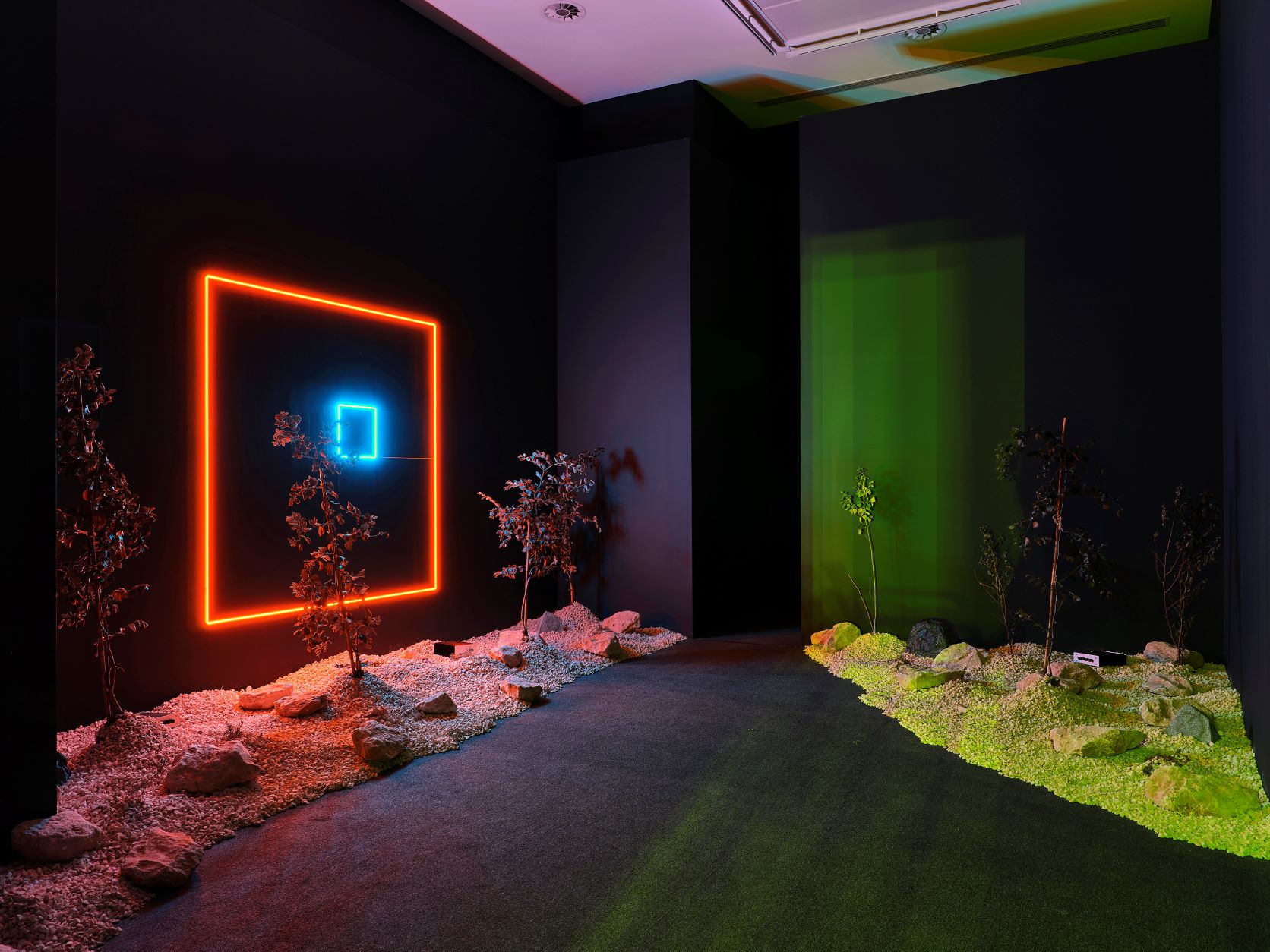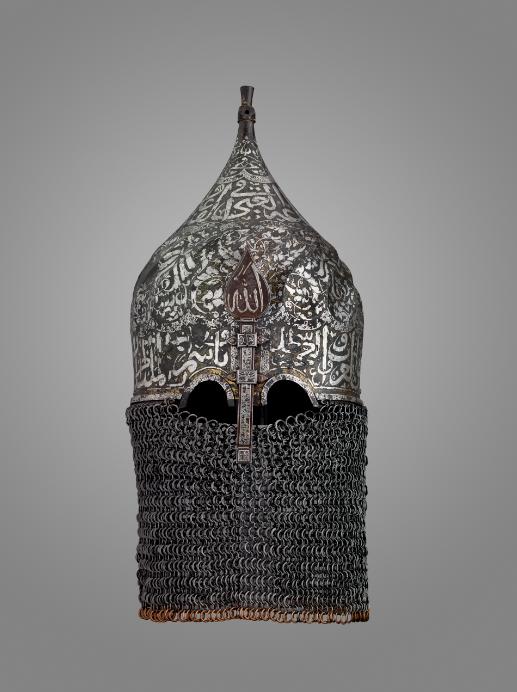Words by Amir “Mondoir” Soleymani, Founder & President of Mondoir
Art has been an integral part of human expression for millennia, evolving with each generation and reflecting the cultural and technological advancements of the time. This rich history has given rise to various forms, such as visual arts, performing arts, literary arts, applied arts and emerging digital art to shape the way we perceive and interpret the world around us. The earliest forms of digital art can be traced back to the 1960s when artists began experimenting with computers as a medium for creating visual art[1]. In the 21st century, this form of artistic expression has come into its own, harnessing the power of technology and the digital sphere. This transformative medium has changed how artists create and how we perceive and consume art.

So, what precisely is digital art, and how has it reshaped traditional artistic concepts? The term was coined and popularised by artist Harold Cohen, who worked with computer engineers to create a machine seen as the earliest form of painting software and artificial intelligence technology used today[2]. Digital art has emerged as a contemporary mode of creative expression, using digital technology to revolutionise traditional art forms and expand creative boundaries. This innovative medium empowers artists with tools to craft dynamic animations and leverage blockchain technology for compensation and global artistic communities. My book “The Art of Connectivity: Unveiling the Magic of NFTs,” further explores blockchain’s transformative role in the art world.
To comprehend the impact of digital art, we must delve into the technology underpinning it. The evolution of digital art unfolds on two fronts: the intricate mechanics behind the scenes and the perceptible experiences for audiences. Behind the scenes, blockchain technology has revolutionised art marketing and ownership transfer, enabling artists to monetise their creations while ensuring authenticity and provenance. Creative software has also played a pivotal role, granting artists access to various mediums through generative tools and advanced editing software, thereby fostering endless possibilities for artistic expression.
What audiences witness has undergone a remarkable transformation as well. Augmented reality (AR), virtual reality (VR), and improved digital screen technologies have enabled a more faithful representation of artists’ visions. Viewers can now immerse themselves in art unprecedentedly, blurring the boundaries between the physical and digital realms. While the metaverse offers novel experiences through virtual reality, it is important to note that art also thrives in real-life spaces, one of our core principles at Mondoir. Our gallery aims to showcase and educate people about digital art in physical settings, providing artists with unique opportunities to connect with their audiences and enrich the art appreciation experience.
Digital tools have also become more accessible due to the internet, allowing people to access software that facilitates various forms of creativity. There’s a robust ecosystem for creating art digitally, from university-level courses to professional design degrees. Notably, artists such as Fewocious, Murat Pak, and Mad Dog Jones, to name a few, played a vital role in the rise of Web3, with blockchain-based forms catalysing the movement.
That said, amidst the numerous advantages we enjoy in the digital realm, there are challenges we face in this space including the controversies surrounding NFTs, challenging traditional notions of art and sparking discussions about the ever-evolving definition of creativity. Some of these issues will be resolved as technology and institutions mature. However, the grassroots level requires a cultural shift. Rather than focusing solely on trading and quick profits, there must be a concerted effort to create enduring value propositions for all stakeholders. Moreover, widespread adoption is paramount.

Traditionally, the epicentre of the art world has resided in the Western hemisphere. We aspire to shift this focal point to the Middle East, but accomplishing this objective requires investments and establishing platforms for interaction and exhibitions. The region has embraced cutting-edge technology and its abundance of creative talent positions it at the forefront of this transformation. Today, the UAE stands as an ideal leader for the digital art movement. Nevertheless, beyond technology, local involvement, encompassing artists and collectors, is essential for it to evolve into a global digital art hub. Hence, initiatives such as educational workshops and events at the Mondoir Gallery aim to nurture this participation and elevate the region’s stature in the digital art world.
Active participation is the key to success in the digital art world. Engaging locally, learning from fellow creators, and collaborating with local artists are crucial steps for artists. Technology offers more than artistic possibilities, but it all starts with art. Art enthusiasts, especially those in less prominent art world regions, can drive change by supporting local artists and art initiatives. By participating in the local art scene collectors can contribute to the growth of the digital art community. The digital art revolution is here to stay, and it offers opportunities for creators and appreciators, enthusiasts, and newcomers alike to redefine the boundaries of artistic expression and consumption. Embrace the power of technology and creativity, and you may find yourself at the forefront of this exciting evolution.

Digital art has evolved from humble
beginnings to become a driving force in contemporary art and I cannot overstate
its impact on accessibility, interactivity, and preservation. With ongoing
technological advancements, digital art is poised to continue its
transformative journey, shaping the future of art in ways we can only begin to
imagine. With Mondoir serving as a fueling force in this realm, our mission is
to contribute to the culture of expression and creativity, and grow the
community of digital artists in the region and worldwide, offering a platform
for artists to engage with their audience and fellow creators through a unique
blend of experiences, tools, and systems.
About Amir “Mondoir” Soleymani

Visionary, Philanthropist, Multi-faceted. The Iranian-British Amir “Mondoir” Soleymani is a highly acclaimed collector, gallerist, art connoisseur and advocate who is recognised for making significant contributions to the world of digital art for the past 20-plus years.
Amir’s extensive art collection reinforces his leading position in the art world today, as he boasts a wide array of historically significant pieces from esteemed artists like Kusama, Hirst and KAWS. His forward-thinking mindset has also played an instrumental role in garnering him global recognition; embracing the digital art landscape, he has curated a collection of over 2,000 digital art, NFTs and collectables.
One of his most notable achievements includes founding the Adelia Art Gallery in Liverpool, a pioneering physical location dedicated to exhibiting digital art in line with his commitment to creating spaces to advance the discovery of digital artists.
Since 2022, Adelia has showcased some of the most celebrated digital art collected by Mondoir, including Genesis pieces from prominent collections such as Time, Forbes, Life, Manchester City, Adidas/Prada, Paris Hilton and Blake Kathryn. Furthermore, Adelia has also displayed revolutionary pieces from renowned artists like DeeKay, Kwon, Victor Langlois (AKA FEWOCiOUS), Jonathan Nash (Offshoot3D), Ryan Wilson (AKA ThankYouX), and Cory Van Lew, to name a few.
Building on the success of Adelia Art Gallery, Amir expanded his unique vision to Dubai, where he established Mondoir Art Gallery in March 2023. The gallery provides a platform for discovery, knowledge transfer, and the introduction of digital art to both new and existing communities.
Philanthropy and activism are integral aspects of Amir’s character, as he advocates tirelessly for social justice causes. His dedication to spurring a positive impact is evident in his numerous charitable endeavours. Through digital art charity events, Amir aims to provide aid and resources to those in need while supporting emerging artists in the art space through his “NFT Guild” collection under the banner of “In Good We Trust.”
Amir’s diverse background and experience, coupled with his novel approach to transforming the art world cements him as a mentor and thought leader in this space. Amir’s track record of inventing on behalf of his community, insisting on the highest standards of quality, and establishing a results-driven culture has led to the transformation of his brand into an organisation: Mondoir Ventures, which operates at the intersection of art and technology.
About Mondoir

Mondoir, established by Amir Soleymani, is a company that operates at the intersection of technology and art, championing artists and promoting the growth of digital art and new technologies. In 2023, the brand expanded to Dubai, with a primary focus on developing tools, deploying systems and delivering experiences that focused on the adoption of Web3 and blockchain technologies, improving experiences for artists and streamlining their navigation of the digital landscape.
For more information, please visit mondoir.com and https://www.instagram.com/mondoir.art/.





